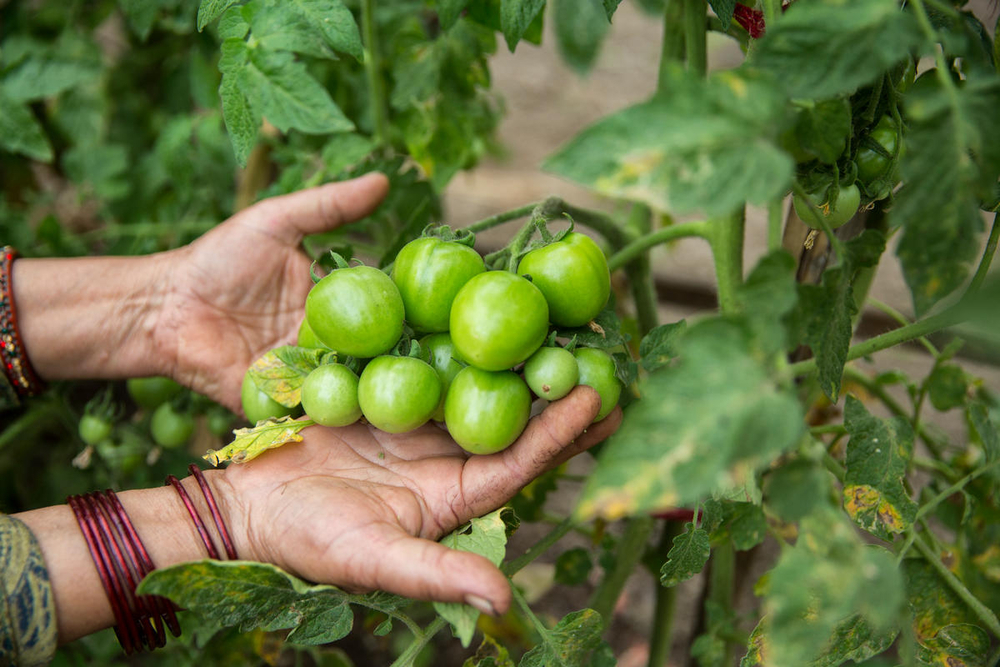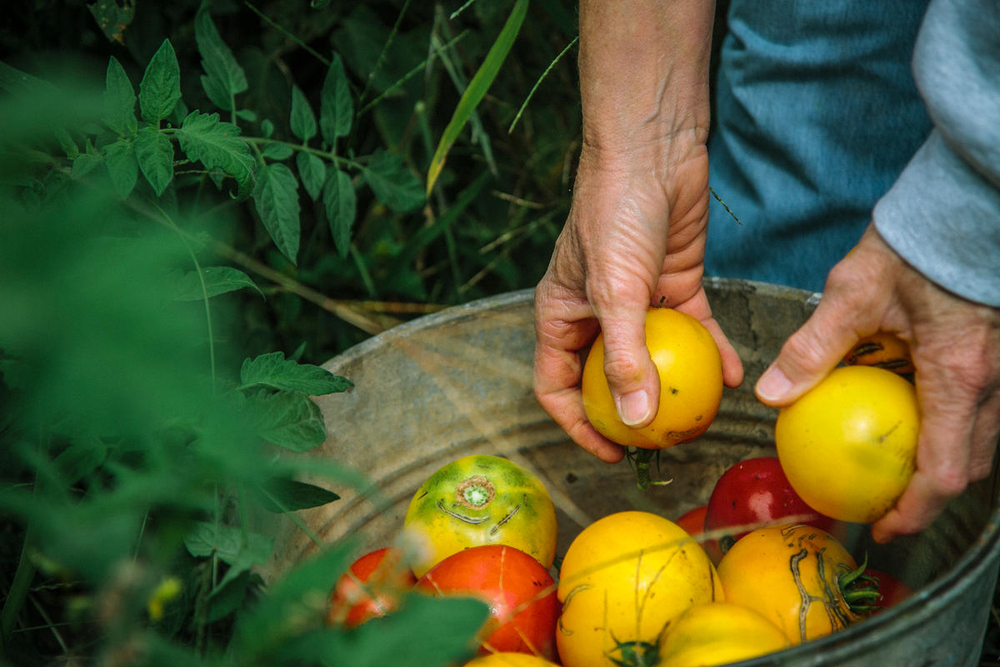It goes without saying that every farmer on the planet would like to eliminate their on-farm losses and maximize their yield to harvest and sell. Yet as the first blog of this three-part series shows, as much as 1.2B tonnes, or about 15% of all food produced, is still left unharvested on farms today. The production of this food that goes uneaten exacerbates the environmental and climate impacts of agriculture, while costing growers precious time, money, and resources.
Why these losses occur is a more complex issue than we’ll cover in this blog (more on that here), but it’s important to note that many of these loss drivers are outside of growers’ control. Labor shortages and lack of market access, for instance, too often result in edible crops being left unharvested in the field or left in storage where they spoil. One factor making this issue more complex is that many growers don’t have detailed data on how much of their harvest is left in the field and why (e.g., whether it is marketable, edible but not marketable, or spoiled).
© Karine Aigner/WWF-US
To help overcome these challenges, food manufacturers and retailers are increasingly looking to partner with growers to measure and reduce on-farm food loss. Initiatives such as 10x20x30 and the CGF’s Coalition of Action on Food Waste are testament to the commitment among retailers and food manufacturers to address and reduce food loss and waste throughout the supply chain. Yet without a simple and uniform way of collecting, estimating, and benchmarking on-farm loss data, growers bear the burden of pinpointing food loss hotspots and potential solutions across their operations. To better support them in this effort, WWF’s new Global Farm Loss Tool aims to help farmers estimate their losses, which provides them with the data and insights for identifying and developing new solutions and channels alongside buyers for their surplus.
A recent case study on strawberries by WWF illustrates how on-farm food loss measurement can transform ambition into action. The study (in line with recent studies by Santa Clara University and WRAP) identified food loss and waste hotspots across the fresh strawberry supply chain. It found that, for this particular study, 36% of the harvest was left behind in the field (15% of which was marketable and 10% of which was perfectly edible but non-marketable). Meanwhile, very few strawberries (~1.6%) were lost when in a storage cooler and even fewer were lost when stored at a distribution center (~0.5%). By establishing these baselines, strawberry growers and their buyers confirmed the need to:
- Regularly track and adjust harvesting operations to reduce in-field marketable strawberry losses, given these berries are their highest margin and most important sales channel for growers
- Focus on the beginning and end of the supply chain as in-store retail strawberry loss was the second hotspot that the study identified and since fewer strawberries are lost during storage and distribution
© Morgan Heim / Day’s Edge Productions / WWF-US
User-friendly and fortified with resources such as an in-field measurement worksheet, measurement photo guide, and instructional videos, the tool enables farmers to more easily estimate, extrapolate, and take action against their losses. Over time, these efforts seek to ensure more of what is grown makes its way to people—and helps shrink the footprint of food, along with the unnecessary environmental and financial impacts they produce.
On a more technical level, the Global Farm Loss Tool is designed to be flexible and accessible to users all over the world and across different fruit and vegetable crops. One can use the tool to measure tomatoes grown in California in pounds or kiwis in New Zealand in kilograms. Farmers can collect samples to gain insight into larger loss issues on their farm, while buyers or wholesalers further downstream can use it to aggregate losses from multiple farmers and analyse food loss and waste at once across their supply chain.
WWF will launch the Global Farm Loss Tool in April 2024. However, WWF’s work will not stop with the launch of the tool. Working with members of the CGF Food Waste Coalition, we will continue to workshop with growers on how to improve the tool’s user experience, expand its utility in the field and for more food types across the global supply chain, and promote its usage to new growers and suppliers. We will expand the use of the tool and work with growers and their buyers to help analyse the data gathered in the beta-testing phase to identify specific actions that could help reduce food loss in the next harvest season. These efforts will boost larger efforts such as whole chain projects in which growers and buyers come together to analyse and tackle food loss and waste hotspots across their entire supply chain.


